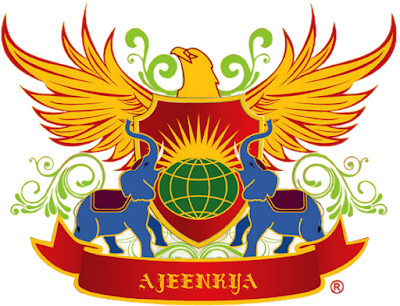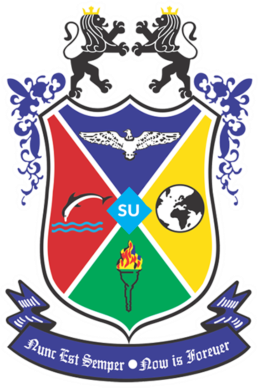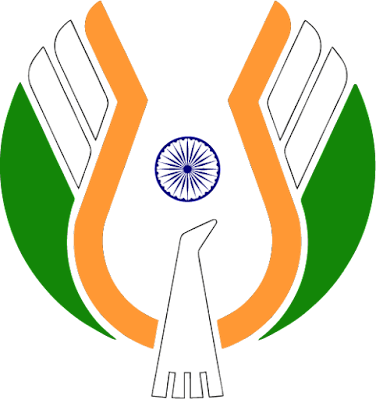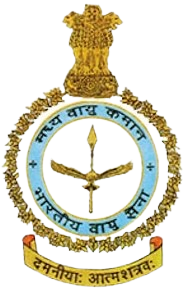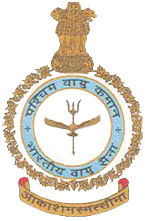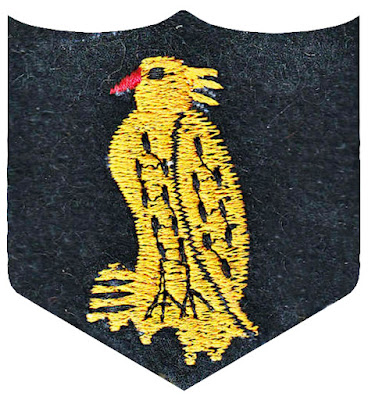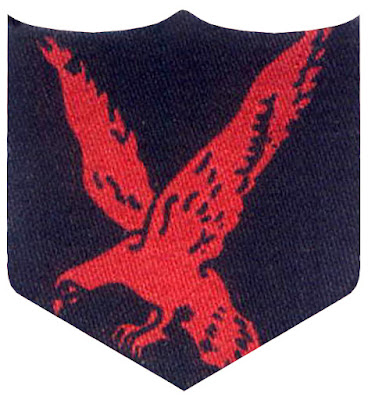M.V.N. UNIVERSITY

M.V.N. UNIVERSITY The emblem of M.V.N. University (MVNU) has a pictorial of twisted red square hosting the motifs of eagle, sub, lotus and lion in each of its quadrants. On the right its name is written in blue serif capitals. The red wavy square symbolises trust and security; the eagle represents courage, strength and immortality; the sun represents life, energy, power, positivity, illumination, light and clarity; the lotus denotes purity, enlightenment, rebirth, transformation, personal growth, resilience, overcoming obstacles and divine beauty; the lion denotes courage, confidence and pride; the colour red symbolises passion, power, strength, courage, determination, energy and celebration and the colour blue serenity, calmness, trust, spirituality, calmness, wisdom, freedom, openness, intelligence and loyalty.

